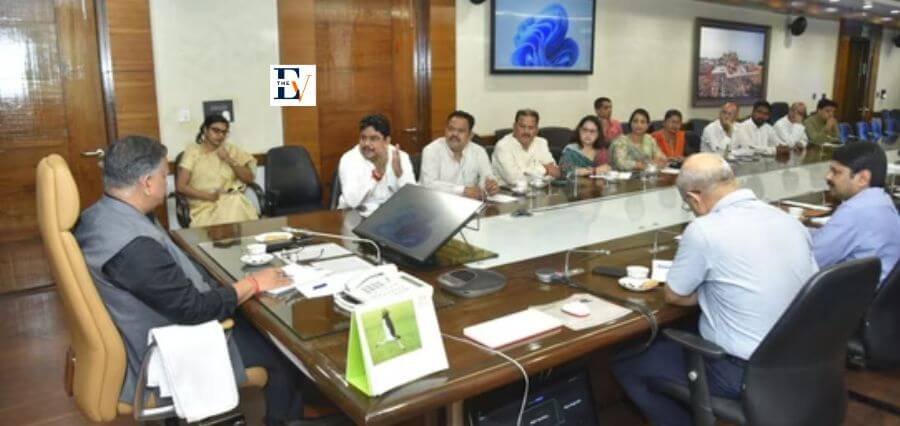Cultural Catalysts
In the vibrant landscape of education, the role of Arts and Humanities is often underestimated, yet they stand as cultural catalysts, enriching the learning experience and shaping well-rounded individuals.
This article aims to shed light on the profound impact of Arts and Humanities in education, focusing on their ability to foster creativity, critical thinking, and a deeper understanding of the human experience.
Fostering Creativity and Expression
At the heart of Arts and Humanities lies the power to unleash creativity and provide a platform for self-expression. Through mediums such as visual arts, music, literature, and drama, students find avenues to explore their imagination, convey emotions, and develop a unique voice. Encouraging creativity from an early age contributes to the holistic development of individuals, nurturing skills that are invaluable in various aspects of life.
Developing Critical Thinking Skills
Arts and Humanities are pivotal in cultivating critical thinking skills. Literature, for instance, prompts readers to analyse, interpret, and form opinions. Similarly, engaging with historical events and philosophical concepts challenges students to think critically about the world around them. These disciplines encourage the questioning of assumptions, fostering a mindset that goes beyond rote memorisation and embraces analytical thinking.
Understanding Cultural Diversity
In the rich Indian cultural diversity, Arts and Humanities serve as gateways to understanding the myriad expressions of heritage. Studying literature from different regions, exploring diverse art forms, and delving into historical narratives offer students a broader perspective on the rich cultural mosaic of the country. This understanding is crucial in fostering unity despite diversity and fostering a sense of shared identity.
Enhancing Communication Skills
Effective communication is a keystone of success in any field, and Arts and Humanities contribute significantly to honing this skill. Engaging in debates, participating in theatrical performances, or presenting artistic creations fosters communication proficiency. These activities empower students to articulate their thoughts, listen actively, and express themselves eloquently, skills that are indispensable in both personal and professional spheres.
Encouraging Empathy and Social Awareness
Arts and Humanities provide a lens through which students can explore the experiences of others, fostering empathy and social awareness. Literature, in particular, allows readers to step into different perspectives, understand diverse cultures, and comprehend the challenges faced by individuals from various backgrounds. This heightened awareness nurtures a sense of empathy, which is essential for fostering a compassionate and inclusive society.
Bridging the Gap Between Science and Arts
In the pursuit of a well-rounded education, the integration of Arts and Humanities with scientific disciplines is crucial. This interdisciplinary approach helps students recognise the interconnectedness of seemingly disparate subjects. For instance, incorporating artistic elements in science education or infusing scientific principles into artistic projects not only enhances learning but also prepares students for the complexities of a rapidly evolving world.
Nurturing a Lifelong Love for Learning
Arts and Humanities contribute to the creation of lifelong learners. By instilling a love for literature, music, and the arts, students are encouraged to continue exploring these realms beyond the confines of the classroom. This passion for continuous learning becomes a lifelong asset, enriching individuals’ lives and ensuring a curious and open-minded approach to the world.
Valuable Life Skills Beyond Academics
While academic knowledge is undeniably crucial, Arts and Humanities impart a set of invaluable life skills. Teamwork, problem-solving, adaptability, and resilience are cultivated through collaborative artistic projects or the exploration of historical events. These skills not only enhance students’ academic journey but also equip them for success in diverse real-world scenarios.
Challenges and Opportunities in Arts Education
Despite the evident benefits, arts education often faces challenges, including limited resources and a focus on standardised testing. However, these challenges also present opportunities for innovative approaches. Embracing technology, fostering community partnerships, and advocating for the value of Arts and Humanities education can help overcome these hurdles and ensure a more comprehensive learning experience.
Integrating Arts and Humanities in the Curriculum
To fully harness the potential of Arts and Humanities, a deliberate integration into the curriculum is essential. Schools should prioritise a balanced approach, ensuring that artistic and humanistic disciplines are not treated as secondary but as integral components of education. This integration not only enhances students’ academic performance but also nurtures a holistic understanding of the world.
The Way Forward: A Holistic Educational Paradigm
In conclusion, the role of Arts and Humanities in education extends beyond a mere complement to science and mathematics. They serve as cultural catalysts, shaping individuals who are not only academically proficient but also creative, critical thinkers with a deep understanding of their cultural heritage. As we look towards the future, it is crucial to recognise and prioritise the role of Arts and Humanities in fostering a well-rounded, culturally aware, and empathetic generation.





